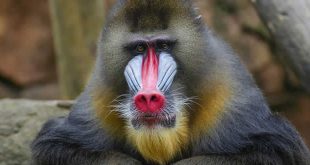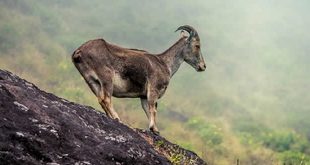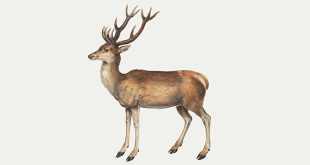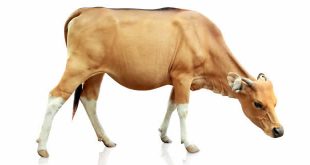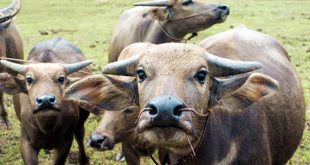 Tasmanian Wolf — The Thylacine was the largest known carnivorous marsupial of modern times. Native to Australia and New Guinea, it is thought to have become extinct in the 20th century. It is commonly known as the Tasmanian Tiger (due to its striped back), the Tasmanian Wolf, and colloquially the Tassie (or Tazzy) Tiger or simply the Tiger. It was the last extant member of its genus, Thylacinus, although a number of related species have been found in the fossil record dating back to the early Miocene.
Tasmanian Wolf — The Thylacine was the largest known carnivorous marsupial of modern times. Native to Australia and New Guinea, it is thought to have become extinct in the 20th century. It is commonly known as the Tasmanian Tiger (due to its striped back), the Tasmanian Wolf, and colloquially the Tassie (or Tazzy) Tiger or simply the Tiger. It was the last extant member of its genus, Thylacinus, although a number of related species have been found in the fossil record dating back to the early Miocene.
The Thylacine became extinct on the Australian mainland thousands of years before European settlement of the continent, but survived on the island of Tasmania along with a number of other endemic species, including the Tasmanian Devil. Intensive hunting encouraged by bounties is generally blamed for its extinction, but other contributory factors may have been disease, the introduction of dogs, and human encroachment into its habitat. Despite being officially classified as extinct, sightings are still reported.
Like the tigers and wolves of the Northern Hemisphere, from which it inherited two of its common names, the Thylacine was a top-level predator. As a marsupial, it was not related to these placental mammals, but due to convergent evolution it displayed the same general form and adaptations. Its closest living relative is the Tasmanian Devil.
Descriptions of the Thylacine vary, as evidence is restricted to preserved joey specimens; fossil records; skins and skeletal remains; black and white photographs and film of the animal in captivity; and accounts from the field.
The Thylacine resembled a large, short-haired dog with a stiff tail which smoothly extended from the body in a similar way to that of a kangaroo. Many European settlers drew direct comparisons with the Hyena, due to its unusual stance and general demeanour. Its yellow-brown coat featured 13 to 21 distinctive dark stripes across its back, rump and the base of its tail, which earned the animal the nickname, “Tiger”. The stripes were more marked in younger specimens, fading as the animal got older. One of the stripes extended down the outside of the rear thigh. Its body hair was dense and soft, up to 15 mm (0.6 inches) in length; in juveniles the tip of the tail had a crest. Its rounded, erect ears were about 8 cm (3.1 inches) long and covered with short fur. Colouration varied from light fawn to a dark brown; the belly was cream-coloured.
 Kids Portal For Parents India Kids Network
Kids Portal For Parents India Kids Network
